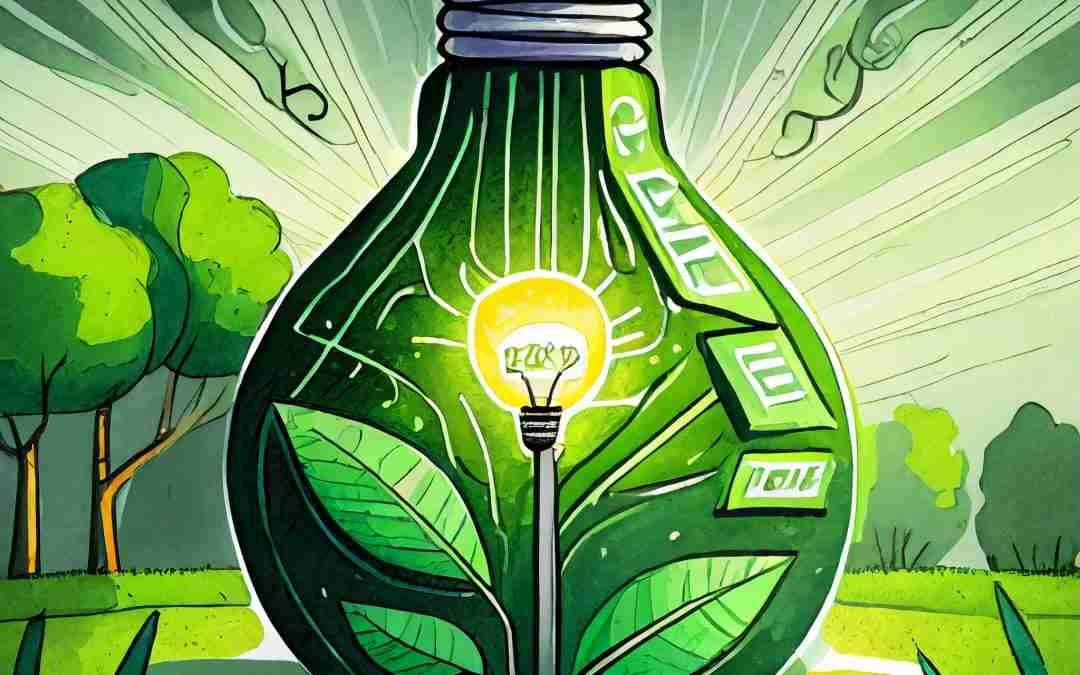What is Green Energy?
Green energy can be defined as energy that is generated from natural sources that are constantly replenished. This means that green energy is a sustainable source of energy that can help to reduce our reliance on fossil fuels. Some of the most common sources of green energy include solar power, wind power, geothermal power, hydropower, and biomass energy.
The Benefits of Green Energy
There are many benefits to using green energy. Some of the most important benefits include:
- Reduced pollution: Green energy sources do not produce greenhouse gases, which are the primary cause of climate change.
- Reduced reliance on fossil fuels: Fossil fuels are a finite resource, and they are becoming increasingly expensive. Green energy can help to reduce our dependence on fossil fuels and ensure a more sustainable future.
- Improved energy security: Green energy can help to improve energy security by reducing our reliance on foreign oil.
- Job creation: The green energy industry is a growing sector of the economy, and it is creating new jobs in manufacturing, installation, and maintenance.
- Public health benefits: Green energy can help to improve public health by reducing air pollution and improving water quality.
The Different Types of Green Energy
There are many different types of green energy, and each type has its own advantages and disadvantages. Some of the most common types of green energy include:
- Solar power: Solar power is generated from the sun’s energy using photovoltaic (PV) cells. PV cells convert sunlight into electricity.
- Wind power: Wind power is generated from the wind using wind turbines. Wind turbines convert the kinetic energy of the wind into electricity.
- Geothermal power: Geothermal power is generated from the heat of the Earth’s core. Geothermal power plants extract hot water and steam from the ground, which is then used to generate electricity.
- Hydropower: Hydropower is generated from the energy of moving water. Hydropower plants use dams to harness the energy of rivers and streams.
- Biomass energy: Biomass energy is generated from organic materials, such as wood, plants, and manure. Biomass can be burned to produce heat or electricity.
The Future of Green Energy
The future of green energy is bright. The cost of green energy technologies is falling, and they are becoming increasingly efficient. As a result, green energy is becoming more competitive with fossil fuels. In addition, governments around the world are investing in green energy, and they are providing incentives for people and businesses to switch to green energy.
What You Can Do to Support Green Energy
There are many things you can do to support green energy. Some of the most important things you can do include:
- Learn more about green energy: The more you know about green energy, the better equipped you will be to make informed decisions about how you can support it.
- Choose green energy products and services: There are many green energy products and services available, such as green electricity providers and energy-efficient appliances.
- Support green energy policies: Contact your elected officials and let them know that you support policies that promote green energy.
- Make changes in your own life: There are many small changes you can make in your own life to reduce your carbon footprint, such as using energy-efficient light bulbs and driving a fuel-efficient car.
Conclusion
Green energy is a critical part of the solution to the climate crisis. It is a clean, sustainable source of energy that can help to reduce our reliance on fossil fuels and create a more sustainable future. By taking action to support green energy, we can help to protect our planet for future generations.
